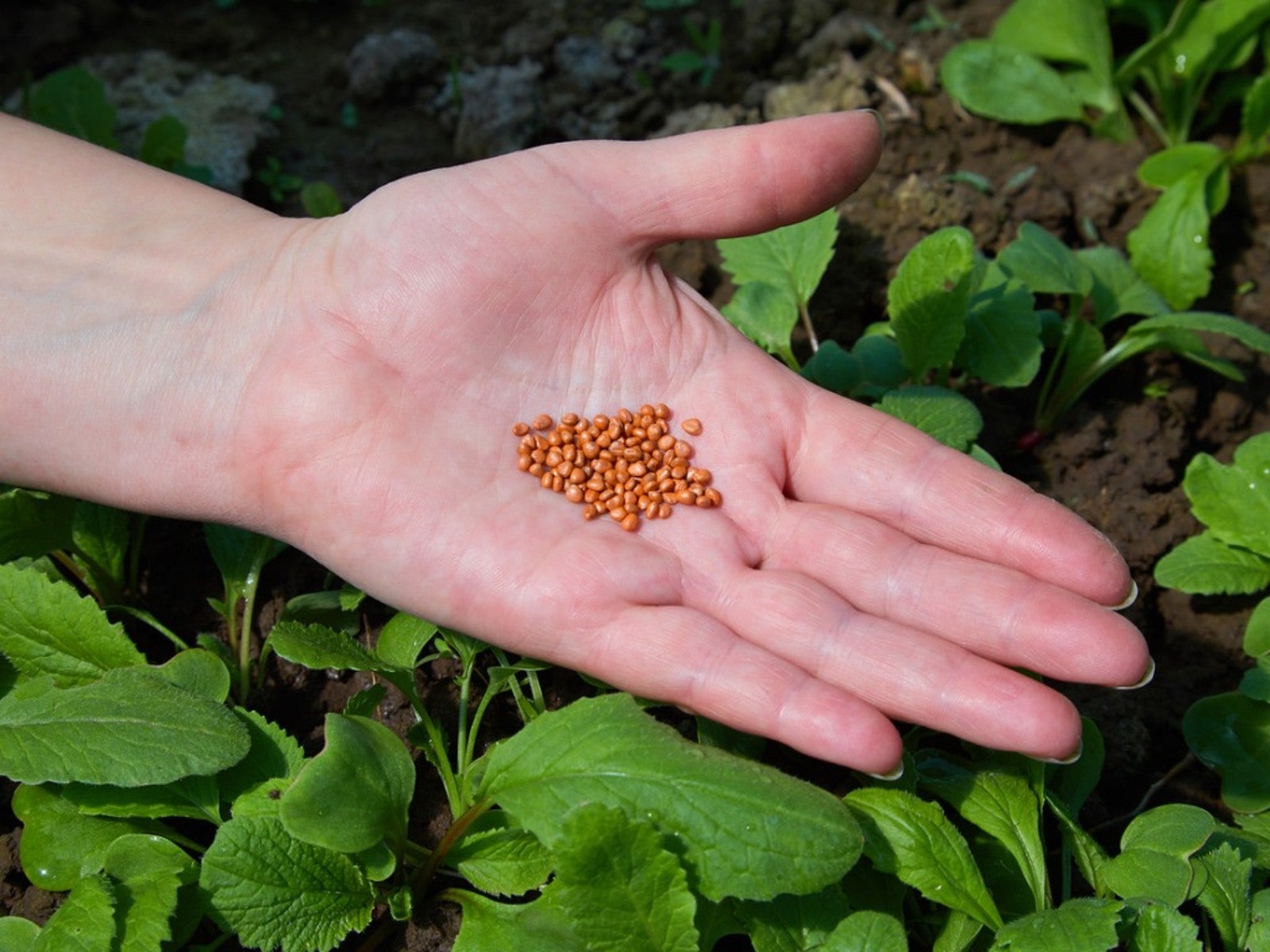Pelleted Seeds: What Are Pelleted Seeds And How To Use Them


Have you ever decided not to grow carrots, lettuce, or other garden favorites because you have a hard time keeping track of their teeny, tiny seeds? You aren’t alone. The miniscule seeds that turn into large orange carrots are so small and unmanageable that you don’t know if you planted two or twenty! Meet the modern solution to teeny tiny seeds: pellet seeds. They have appeared on the gardening scene like a true miracle: unexpected but ideal. Haven’t heard about this miracle yet? Read on.
What Are Pelleted Seeds?
So exactly what are pelleted seeds? Pelleted seeds make vegetable gardening a whole lot easier. Think of seeds that require a magnifying glass to figure out how many you have between two fingers. Why do carrots keep coming to mind? Petunia seeds are just as small, at some 300,000 seeds per ounce (28 g.).
Pelleted vegetable seeds are the same tiny seeds but covered in a dissolvable, pelleted coating. Regular seeds are “pelleted” by tumbling them with specific coating material, then slowly adding moisture. This makes the seeds easy to handle, easier to space appropriately, and all in all, easier to plant. They are a godsend when teaching kids how to plant.
Raw vs. Pelleted Seeds
While there are some obvious advantages to pelleted seeds, regular raw seeds have advantages too. Pelleted seeds are easier to handle, especially when you are talking about miniscule raw seeds. If you want to put one seed in each growing pot, for example, this will be very difficult with seeds like carrots. The uniform size of pelleted seeds also makes mechanical sowing more efficient.
However, the shelf life of pelleted seeds may be significantly less than for raw seeds. In addition, you’ll have to pay extra attention to irrigation with the pellets in order to keep the soil evenly moist. If you do not, the pellet may only partially split, stunting the seed’s development.
Planting Pelleted Petunia Seeds
Whether you are planting pelleted petunia seeds or pelleted vegetable seeds, the advantages and disadvantages remain the same. However, flowers like pretty petunias are more likely to be started indoors to get a jump start on the season.
Since petunia seeds are tiny, sowing them properly indoors, in small containers, is difficult. With pelleted seeds, larger and easier to handle, you can decide how many you want per pot, set them on the soil surface, then press them into the potting soil with a pencil. That way you are sure to get one or two seeds per pot, rather than a clump of unknown size.
Gardening tips, videos, info and more delivered right to your inbox!
Sign up for the Gardening Know How newsletter today and receive a free copy of our e-book "How to Grow Delicious Tomatoes".

Teo Spengler is a master gardener and a docent at the San Francisco Botanical Garden, where she hosts public tours. She has studied horticulture and written about nature, trees, plants, and gardening for more than two decades. Her extended family includes some 30 houseplants and hundreds of outdoor plants, including 250 trees, which are her main passion. Spengler currently splits her life between San Francisco and the French Basque Country, though she was raised in Alaska, giving her experience of gardening in a range of climates.